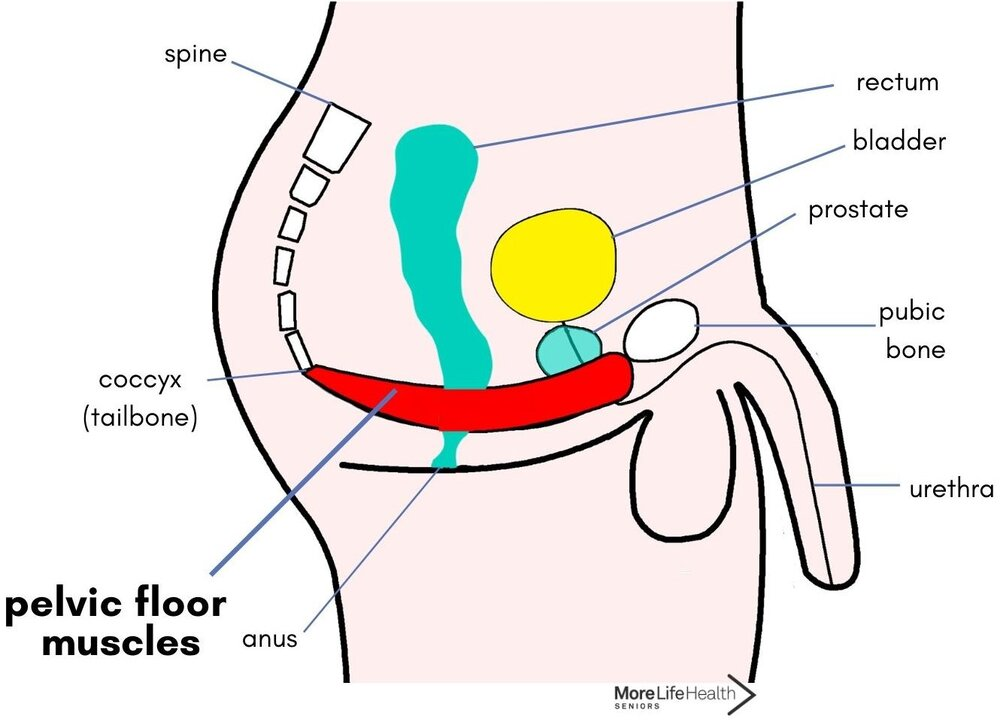Pelvic health solutions for men

As men get older, they may start to experience problems with their pelvic floor muscles. These problems can include urinary incontinence, fecal incontinence, and pelvic pain. Pelvic floor physical therapy (PFPT) is a type of physical therapy that can help to strengthen the pelvic floor muscles and relieve these symptoms. The problem: common pelvic health issues for men Pelvic floor problems are common in men, and can lead to urinary incontinence, fecal incontinence, and pelvic pain. Pelvic floor physical therapy (PFPT) is a type of physical therapy that can help to strengthen the pelvic floor muscles and relieve these symptoms. Urinary incontinence is the involuntary leakage of urine. It is a common problem, affecting up to one in four men over the age of 60. There are two types of urinary incontinence: stress incontinence and urge incontinence. Stress incontinence is the leakage of urine during activities such as coughing or sneezing. Urge incontinence is the leakage of urine that is ...

